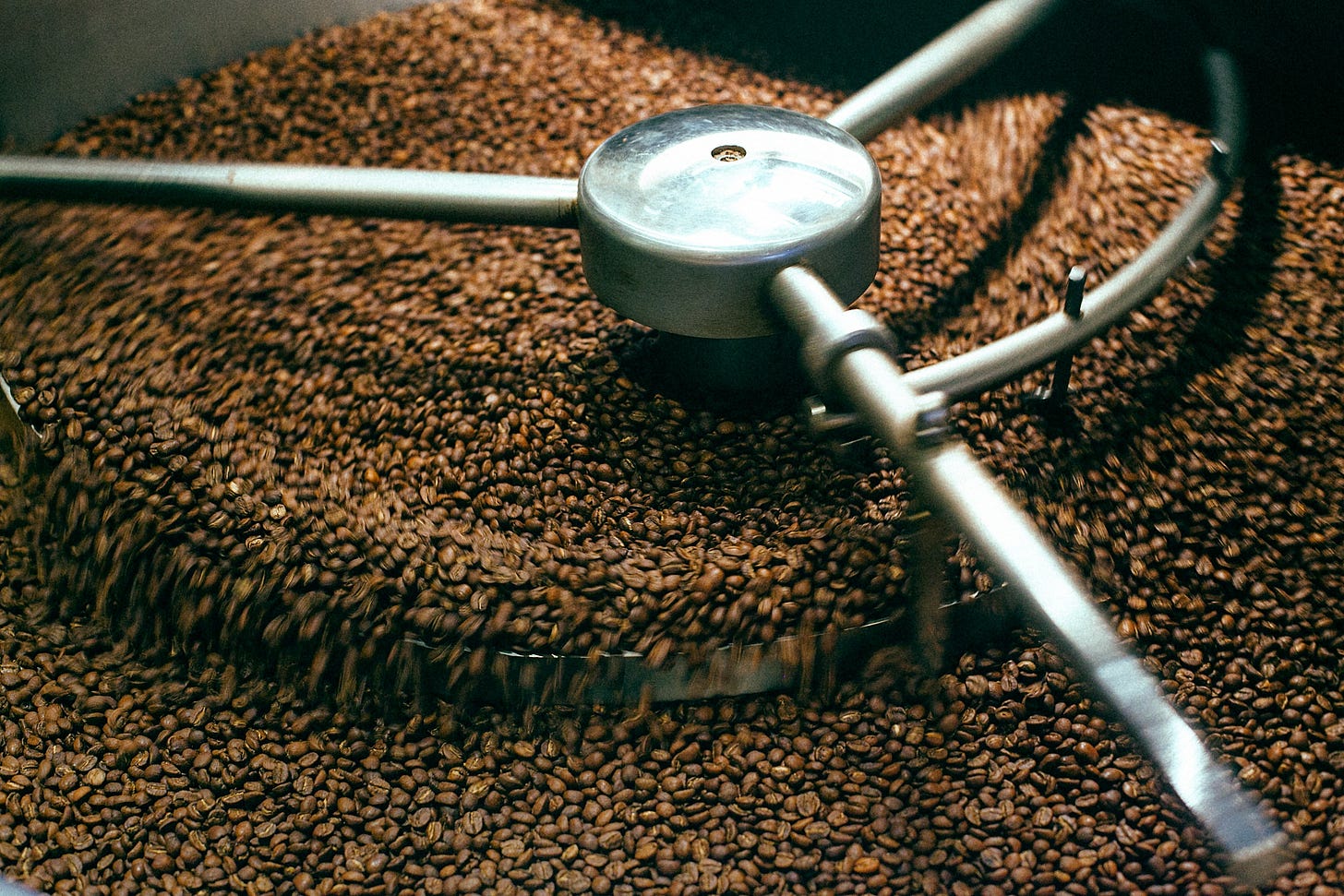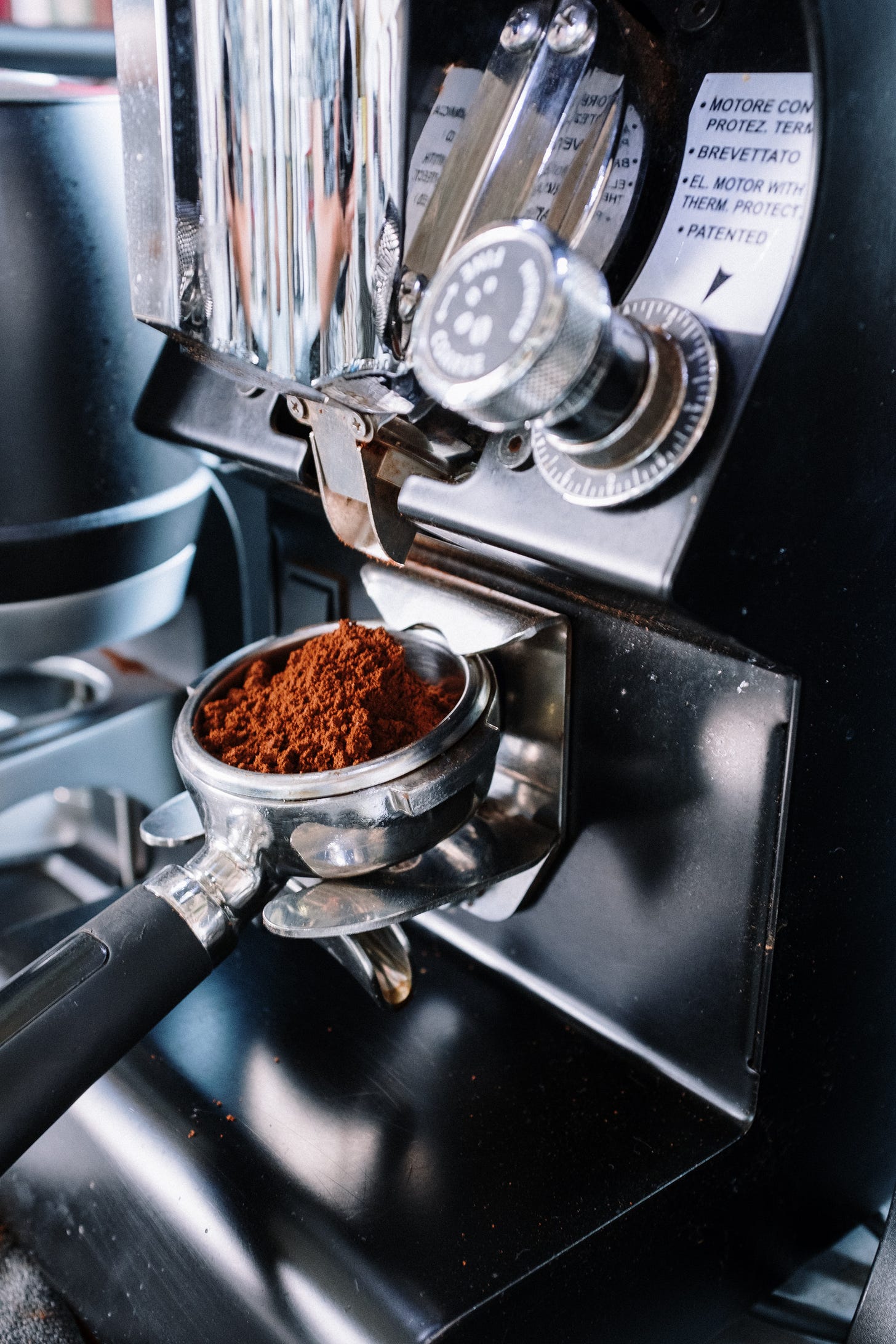- Caffeine Chronicles
- Posts
- Caffeine Chronicles: Mastering Coffee Grinding Techniques
Caffeine Chronicles: Mastering Coffee Grinding Techniques
Caffeine Chronicles: Mastering Coffee Grinding Techniques
Welcome back to another edition of Caffeine Chronicles! Today, we delve into one of the most crucial aspects of coffee-making: grinding techniques. If you've ever wondered how to achieve that perfect grind for your favorite brew, this article is your ultimate guide. From the importance of grind size to different grinding methods, we'll equip you with the knowledge to elevate your coffee experience.

Why Does Grinding Matter?
The grind size plays a pivotal role in determining the overall taste and quality of your coffee. When coffee beans are ground, their surface area increases, allowing water to extract flavors during brewing. Different brewing methods require specific grind sizes to optimize the extraction process.
The Grind Size Spectrum
Coarse Grind: This chunky grind is typically used for cold brew, French press, and percolators. The larger particles ensure that the water doesn't pass through too quickly, resulting in a robust and less bitter cup.
Medium Grind: Ideal for drip coffee makers and pour-over methods, a medium grind strikes a balance between coarse and fine. It allows for a well-rounded extraction, producing a flavorful cup with a medium body.
Fine Grind: Espresso machines demand a fine grind to maximize the extraction in a short amount of time. The smaller particles create a concentrated shot with a rich crema.
Extra Fine Grind: Reserved for Turkish coffee, this powdery grind dissolves quickly in hot water, creating a strong and intense flavor.

The Art of Grinding
Now that we understand the significance of grind size, let's explore the art of grinding itself:
1. Invest in a Quality Grinder: Whether manual or electric, investing in a good grinder is key to achieving consistent grind size. Blade grinders may be more budget-friendly, but burr grinders offer precision and uniformity.
2. Grind Just Before Brewing: For the freshest and most aromatic cup, grind your coffee just before brewing. This helps preserve the volatile compounds that contribute to the coffee's complexity.
3. Measure Your Coffee: To maintain consistency, measure the amount of coffee beans you use for each brew. The right coffee-to-water ratio is essential for a well-balanced flavor.
4. Adjust Grind Size According to Brewing Method: As mentioned earlier, different brewing methods require specific grind sizes. Experiment with your grinder's settings to find the perfect match for your preferred brewing technique.
5. Practice Patience: Grinding coffee is a skill that improves with practice. Pay attention to the grind size, adjust as needed, and take notes on the flavor profiles you achieve. Over time, you'll develop an intuitive understanding of how grind size affects your coffee.
Grinding for Espresso: The Fine Art
Espresso brewing demands utmost precision in grinding. A consistent, fine grind is essential to pull a perfect shot. Additionally, the distribution of the coffee grounds in the portafilter affects the extraction.
To achieve an excellent espresso shot:
Use a burr grinder to ensure consistency.
Adjust the grind size to be fine, similar to table salt.
Distribute the grounds evenly in the portafilter and tamp with consistent pressure.
Time the shot and aim for a volume of 25-35ml in about 25-30 seconds.
Conclusion
Grinding coffee is an art that requires attention to detail and an understanding of how different grind sizes impact the final cup. With practice and experimentation, you'll be able to unlock the full potential of your coffee beans, enhancing the flavors and aromas in every brew. So, next time you prepare your coffee, remember that the grind is just as important as the beans themselves.
Stay tuned for more fascinating insights and tips in our next edition of Caffeine Chronicles. Happy brewing!